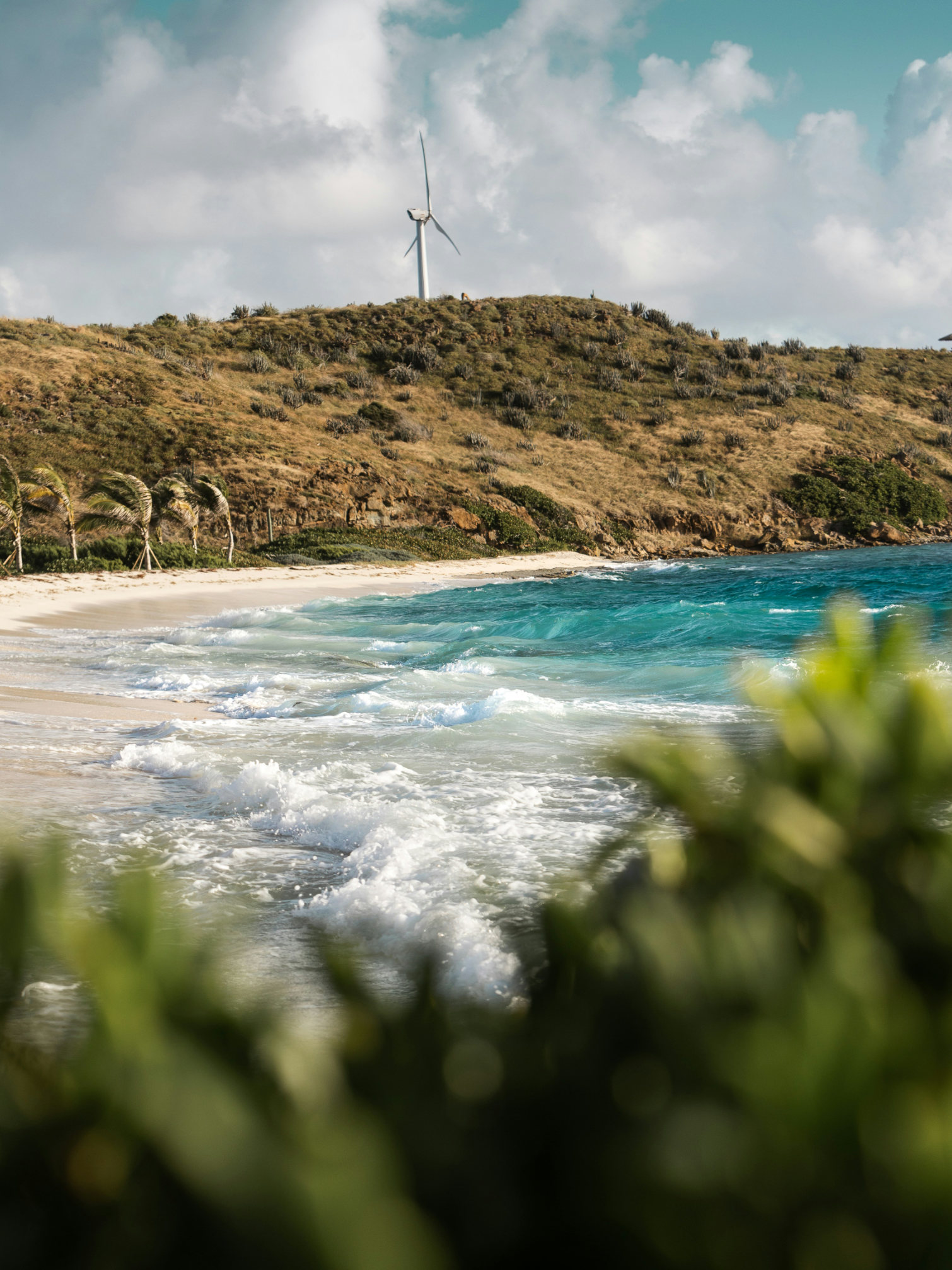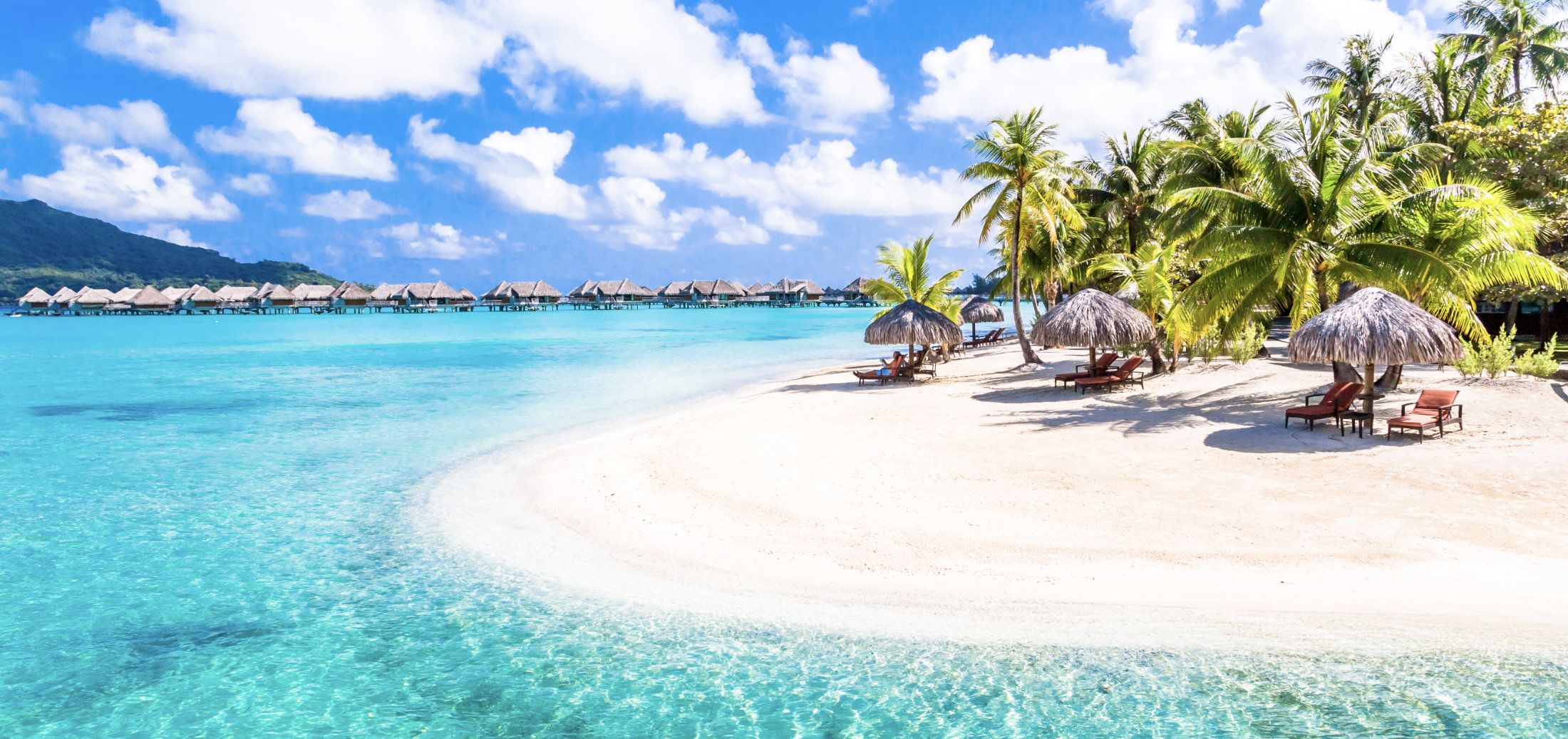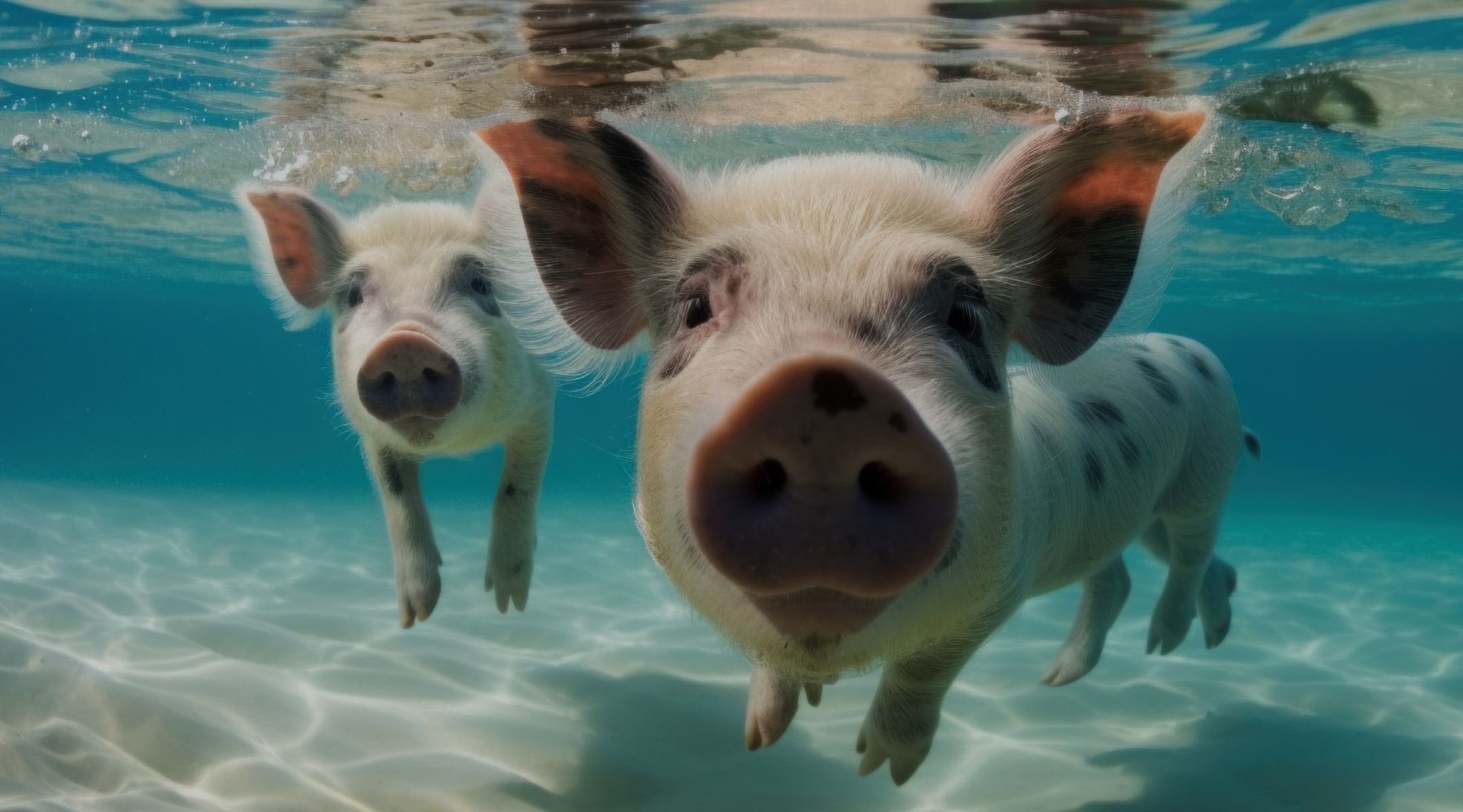Charter a superyacht in
British Virgin Islands

Charter a superyacht in

Perfection in the Caribbean is known by only one name, and that’s the British Virgin Islands (BVI). Where isles of emerald green, beaches that are powder-soft, and waters that are turquoise create one of the most spectacular yachting destinations in the world. Effortlessly, she will sail from secret spots to lively beach bars, from concealed harbours to internationally renowned dive sites, making certain that a yacht charter is every bit as relaxing or energising as you want it to be. Whether it’s sipping rum cocktails at The Soggy Dollar, snorkelling The Baths, or dining at a private beach club, the BVI offers the ultimate Caribbean escape.


BVI is a sailing dream, with gentle trade winds and short cruising distances that allow for almost uninterrupted anchoring at pristine spots. You can journey from the luxury resorts at Virgin Gorda to the untouched beauty of Anegada, where almost surreal pink flamingos overlook sugar-white-sand beaches that are the definition of island paradise. A superyacht takes you to private moments of calm, hidden lagoons, and the next level of luxury, where adventure meets Caribbean charm, making for almost unbroken perfection.
Perfection in the Caribbean is known by only one name, and that’s the British Virgin Islands (BVI). Where isles of emerald green, beaches that are powder-soft, and waters that are turquoise create one of the most spectacular yachting destinations in the world. Effortlessly, she will sail from secret spots to lively beach bars, from concealed harbours to internationally renowned dive sites, making certain that a yacht charter is every bit as relaxing or energising as you want it to be. Whether it’s sipping rum cocktails at The Soggy Dollar, snorkelling The Baths, or dining at a private beach club, the BVI offers the ultimate Caribbean escape.
BVI is a sailing dream, with gentle trade winds and short cruising distances that allow for almost uninterrupted anchoring at pristine spots. You can journey from the luxury resorts at Virgin Gorda to the untouched beauty of Anegada, where almost surreal pink flamingos overlook sugar-white-sand beaches that are the definition of island paradise. A superyacht takes you to private moments of calm, hidden lagoons, and the next level of luxury, where adventure meets Caribbean charm, making for almost unbroken perfection.
A BVI yacht charter is all about exploration and indulgence. She will drop anchor at Jost Van Dyke, where legendary beach bars line the shore, before setting sail for The Baths on Virgin Gorda, a geological wonder of giant granite boulders and hidden grottoes. Off the coast of Norman Island, she will take you to the famed Willy T floating bar, while Anegada’s untouched beaches and world-class lobster feasts offer the perfect retreat for those seeking total seclusion.



The yachting season in the BVI starts as early as November and continues through the month of June, with the period from December to April being the high season, offering warm temperatures, calm seas, and vibrant island festivities. The holiday season is a time of glamorous yacht gatherings, while the famous BVI Spring Regatta in April brings an electric energy to the islands. That time frame showcases the most favourable conditions for yachting in the BVI - that is, warm temperatures, steady winds, ideal sailing conditions, and crystal-clear waters perfect for snorkelling and diving.
From May through June, the islands provide a more private atmosphere. The beaches bless visitors with quiet, spectacular marine life, and the entire experience possesses a tangible, more relaxed rhythm. Activities during this time are all about your personal taste - savouring a beach barbecue or indulging in your own intimate sunset sailing. The sea remains warm and inviting, making it an ideal time for snorkelling, paddleboarding, and diving in the BVI’s crystal-clear waters.






